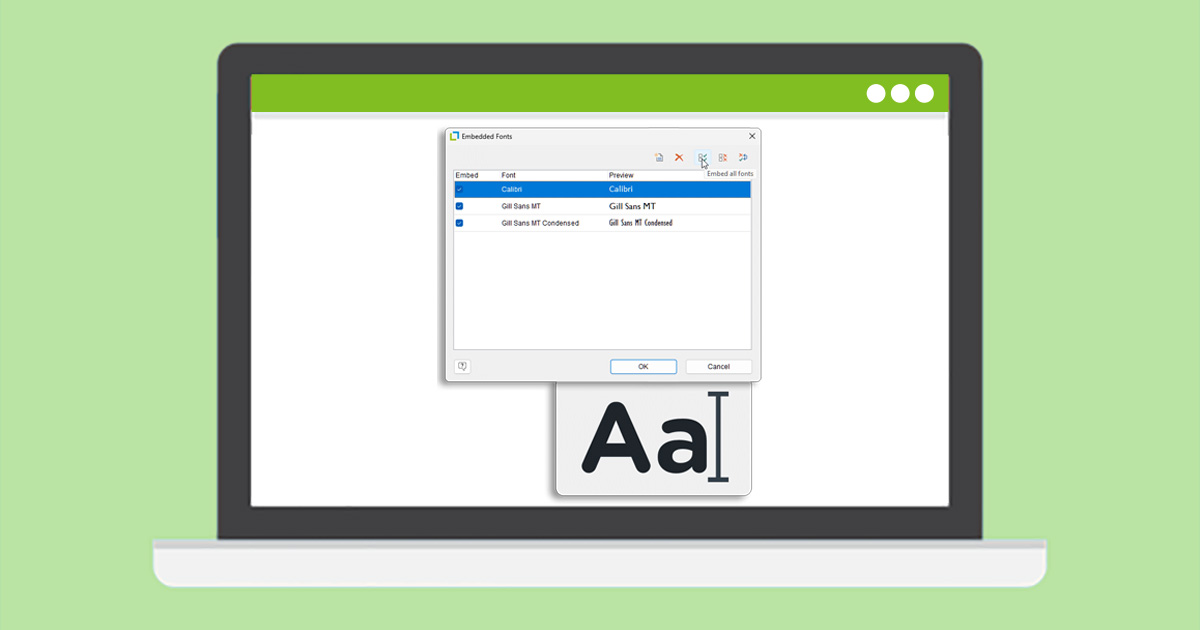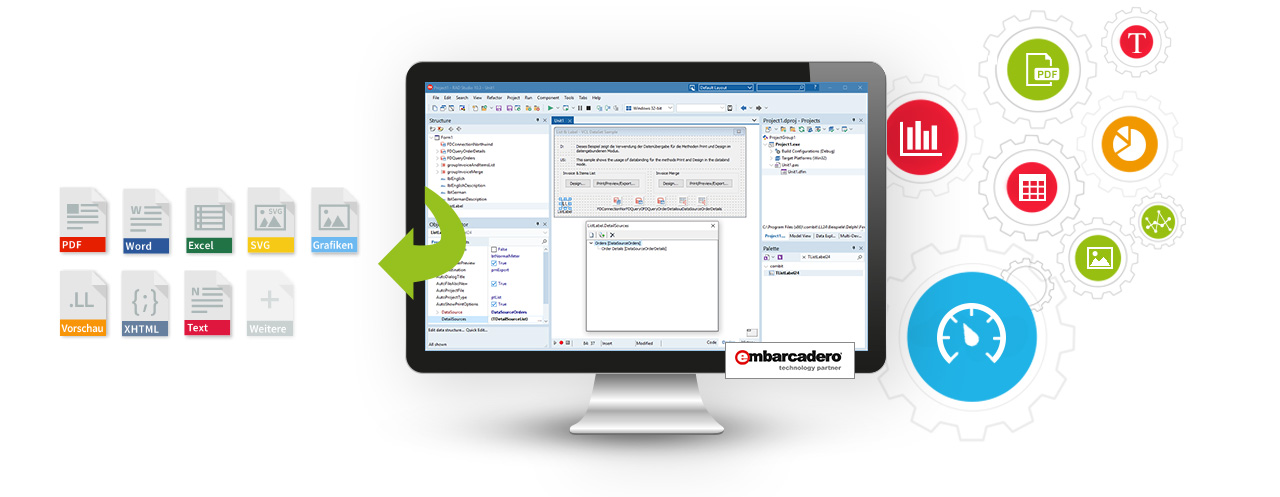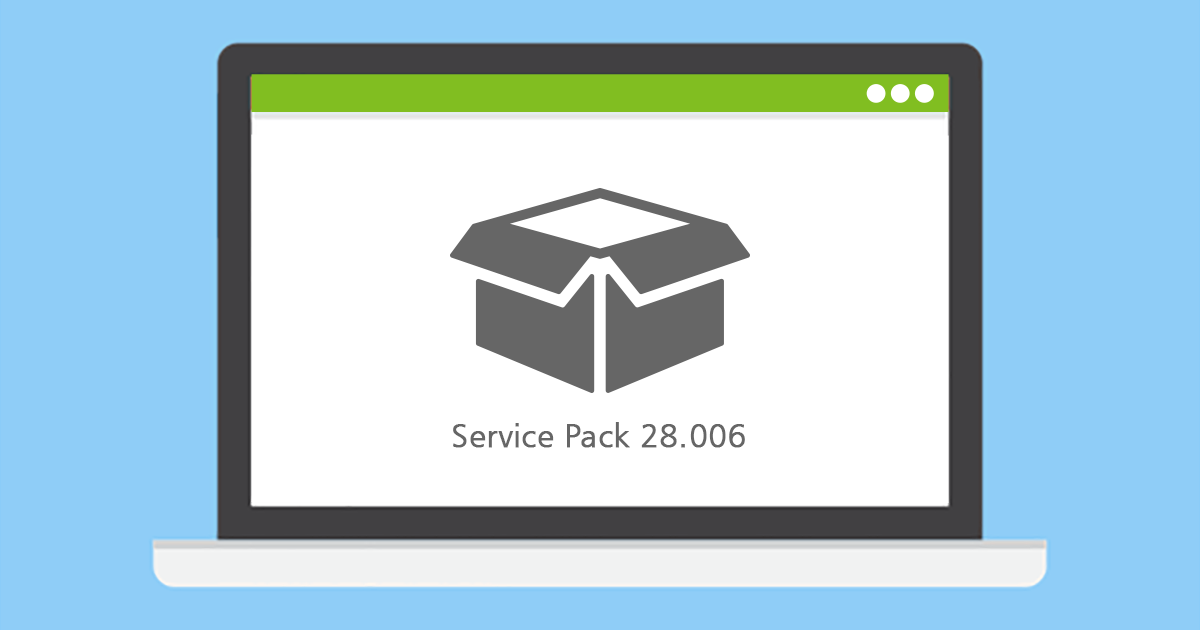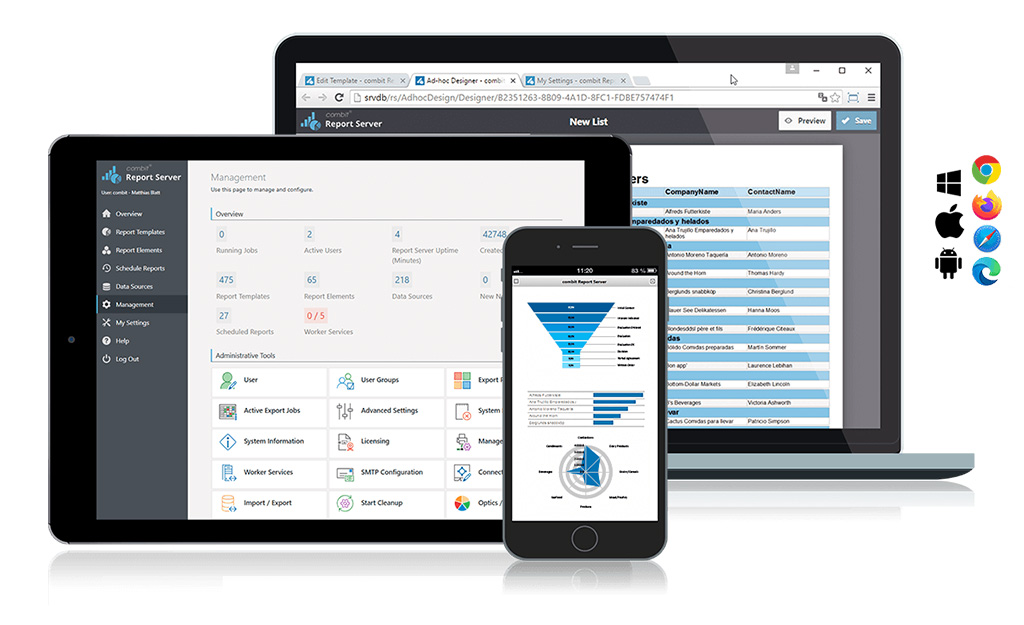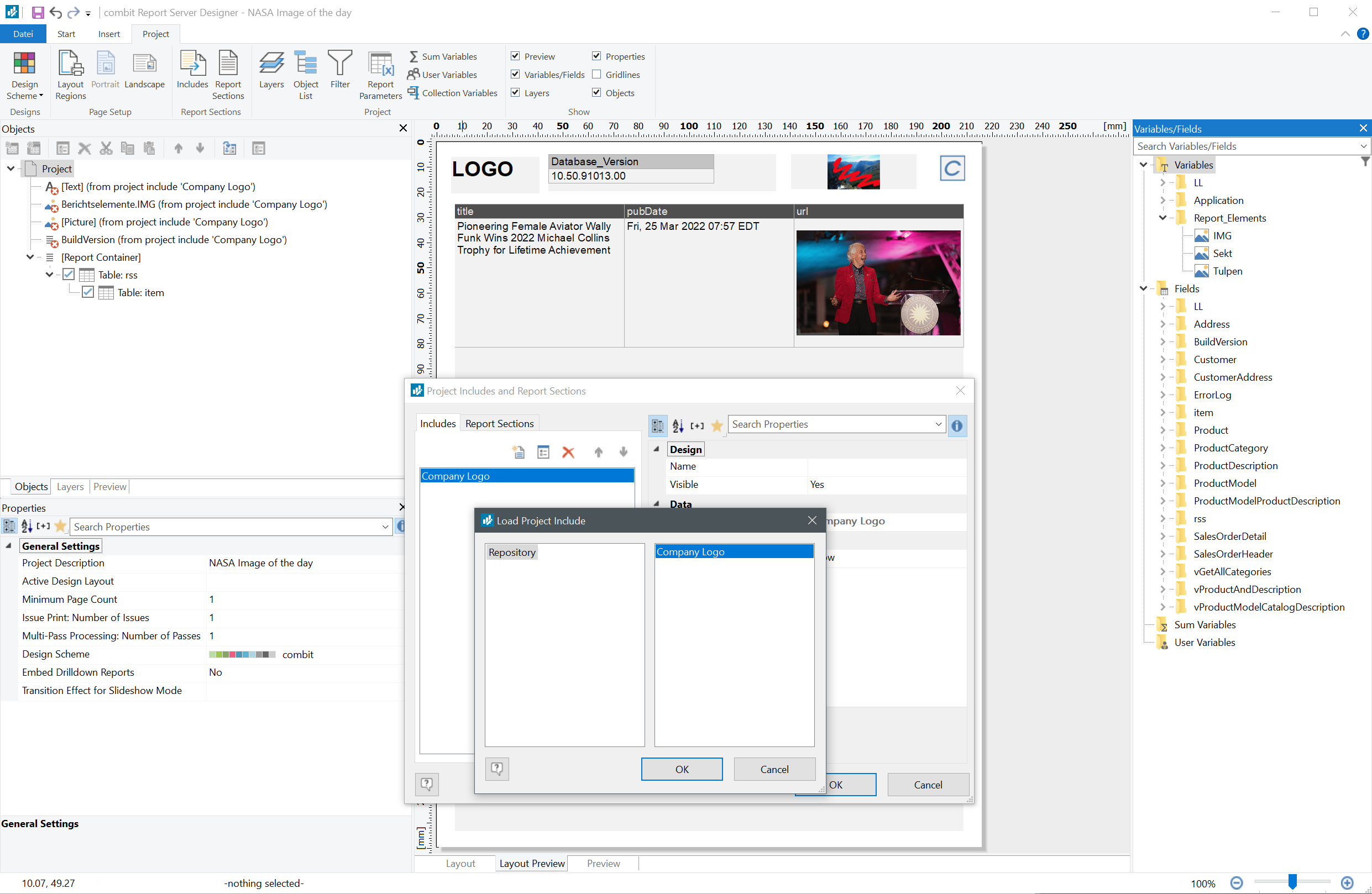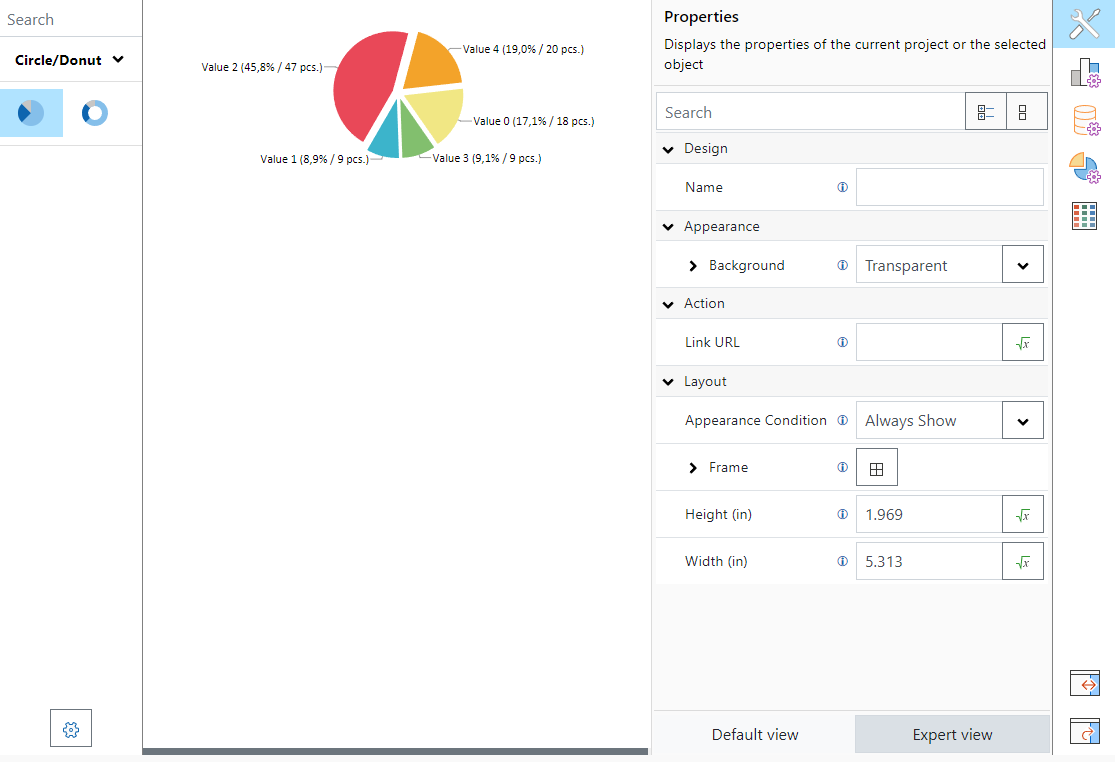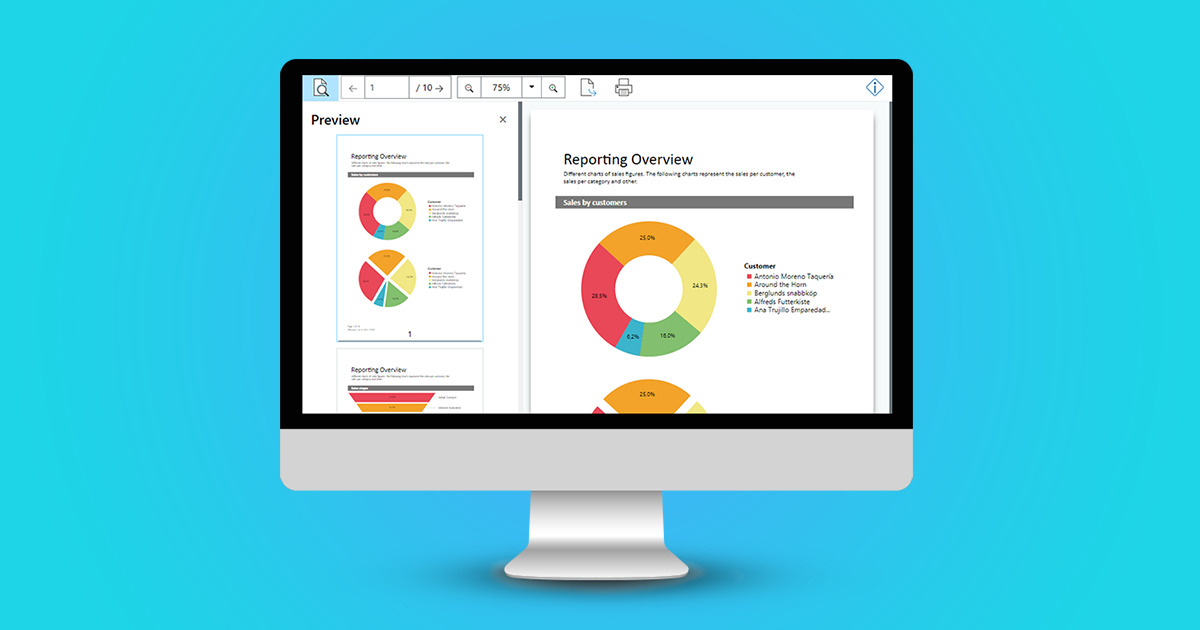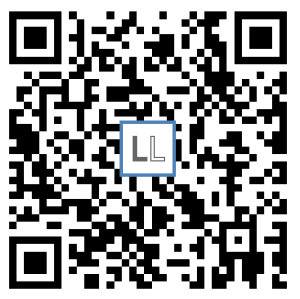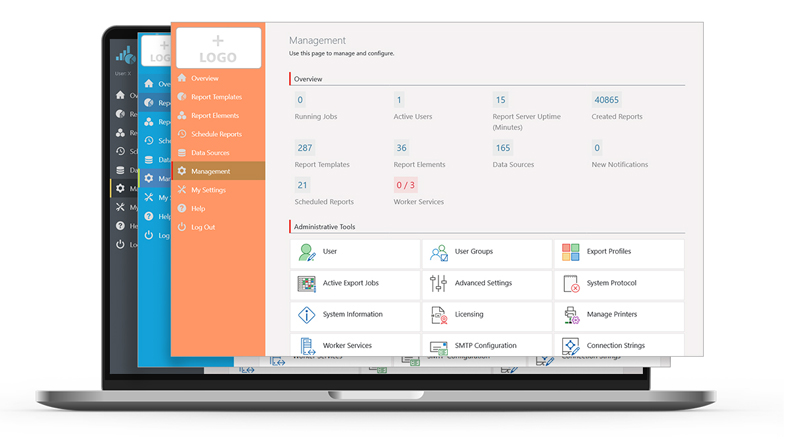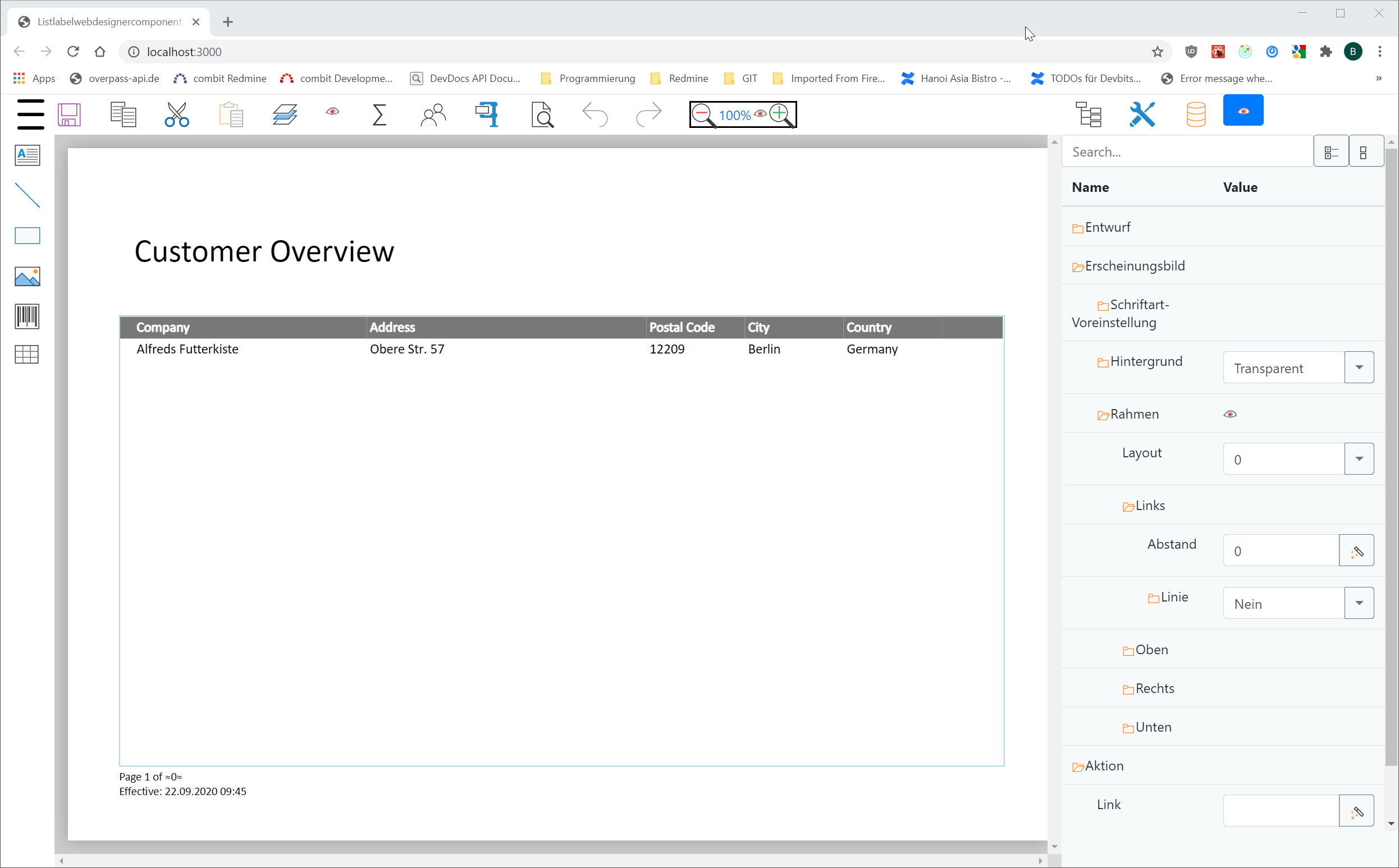Embedding Fonts in Project Files
Applications are increasingly deployed in Docker environments or directly on the web server. With doing so, it’s often challenging to provide fonts. In particular, installing fonts in Docker containers can be a tedious task, as previously documented here in our forum. Fonts often can’t be easily distributed or installed on web servers either. This creates a situation, particularly with company-owned fonts, in which not all required fonts are available by default.
